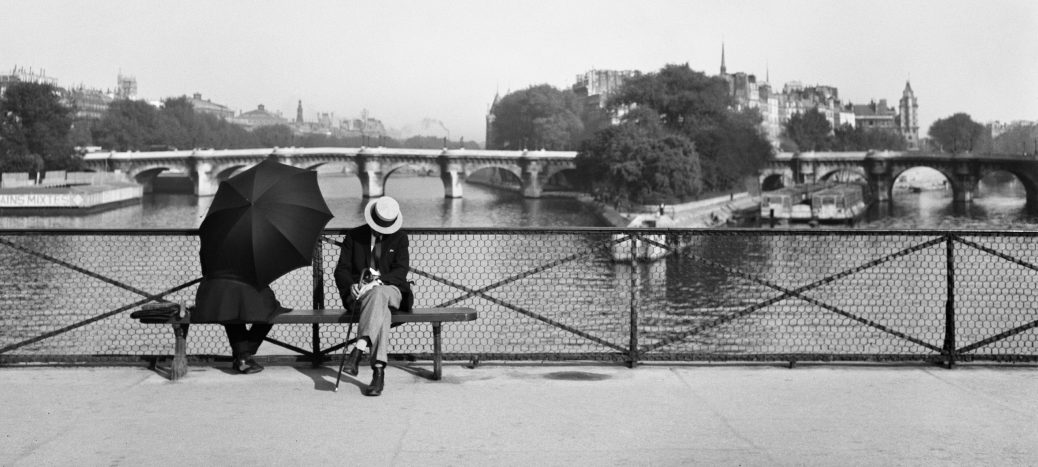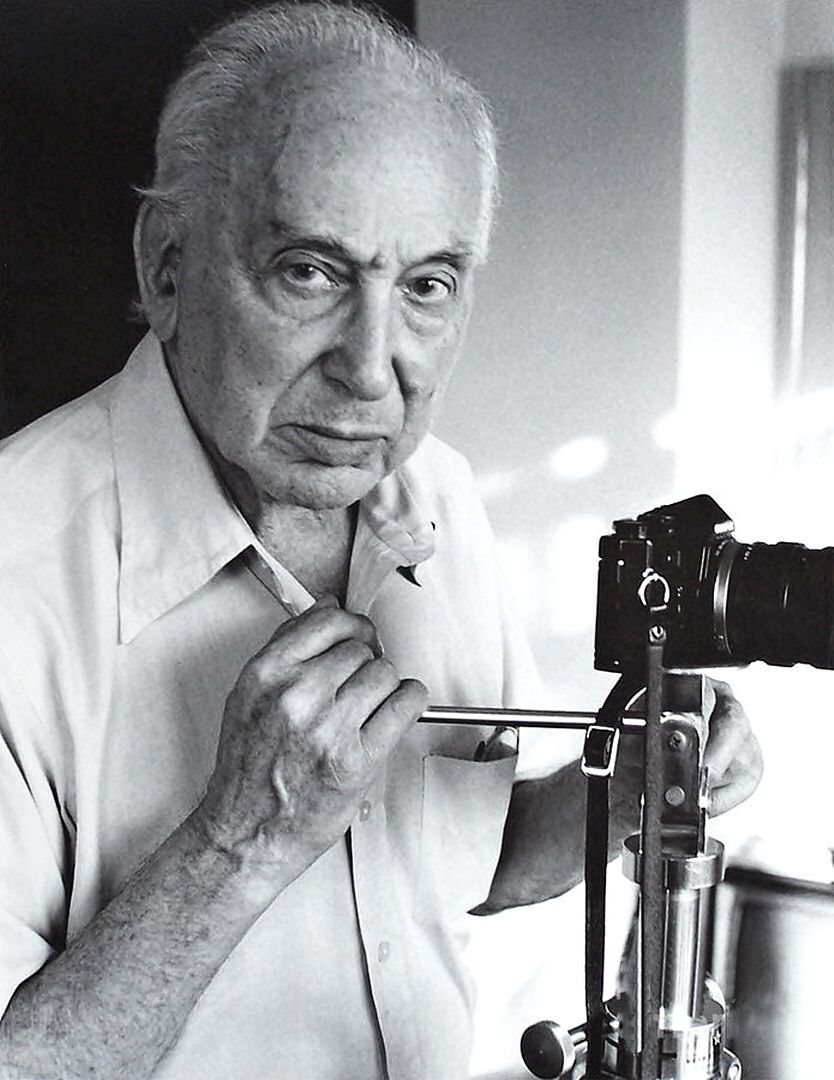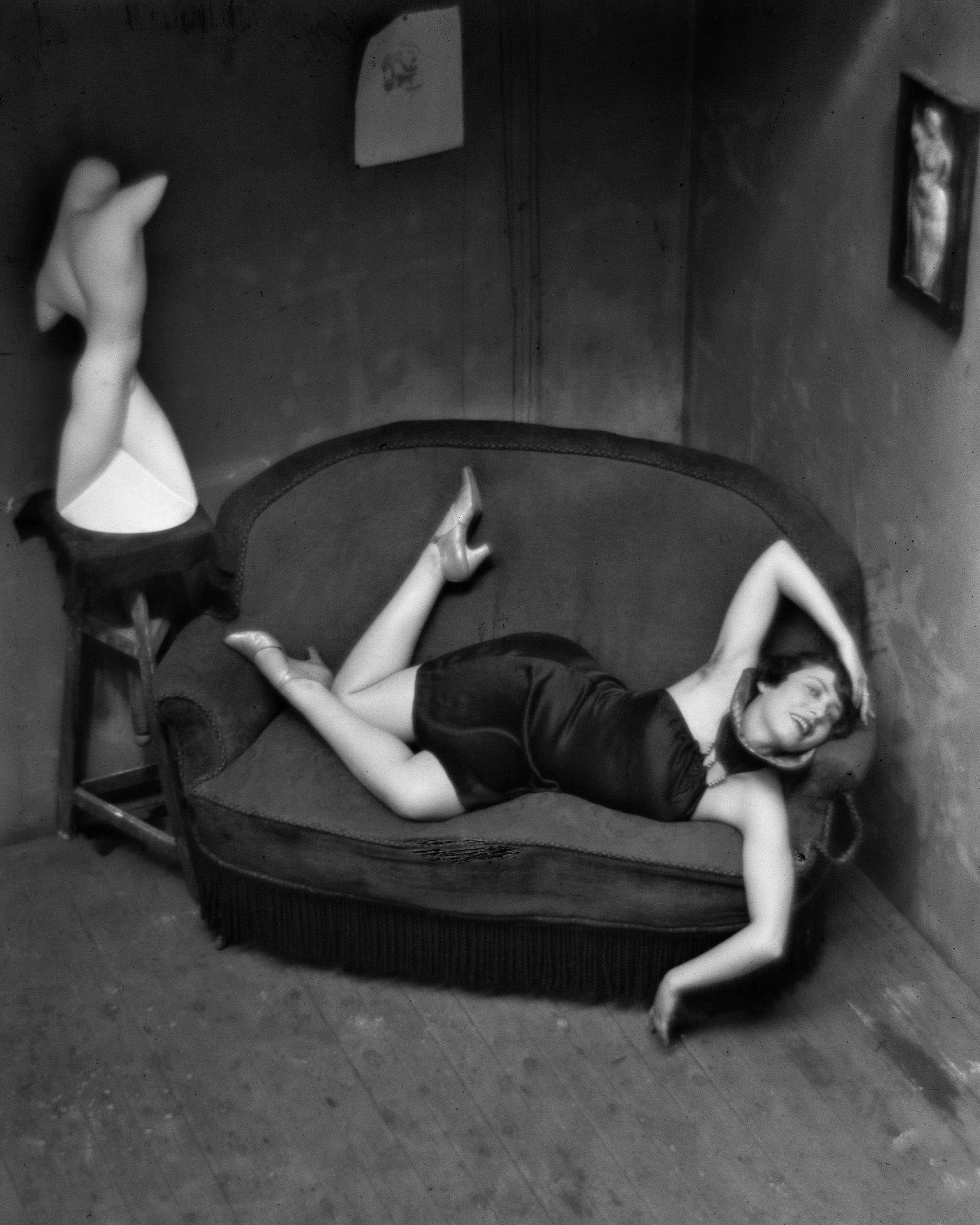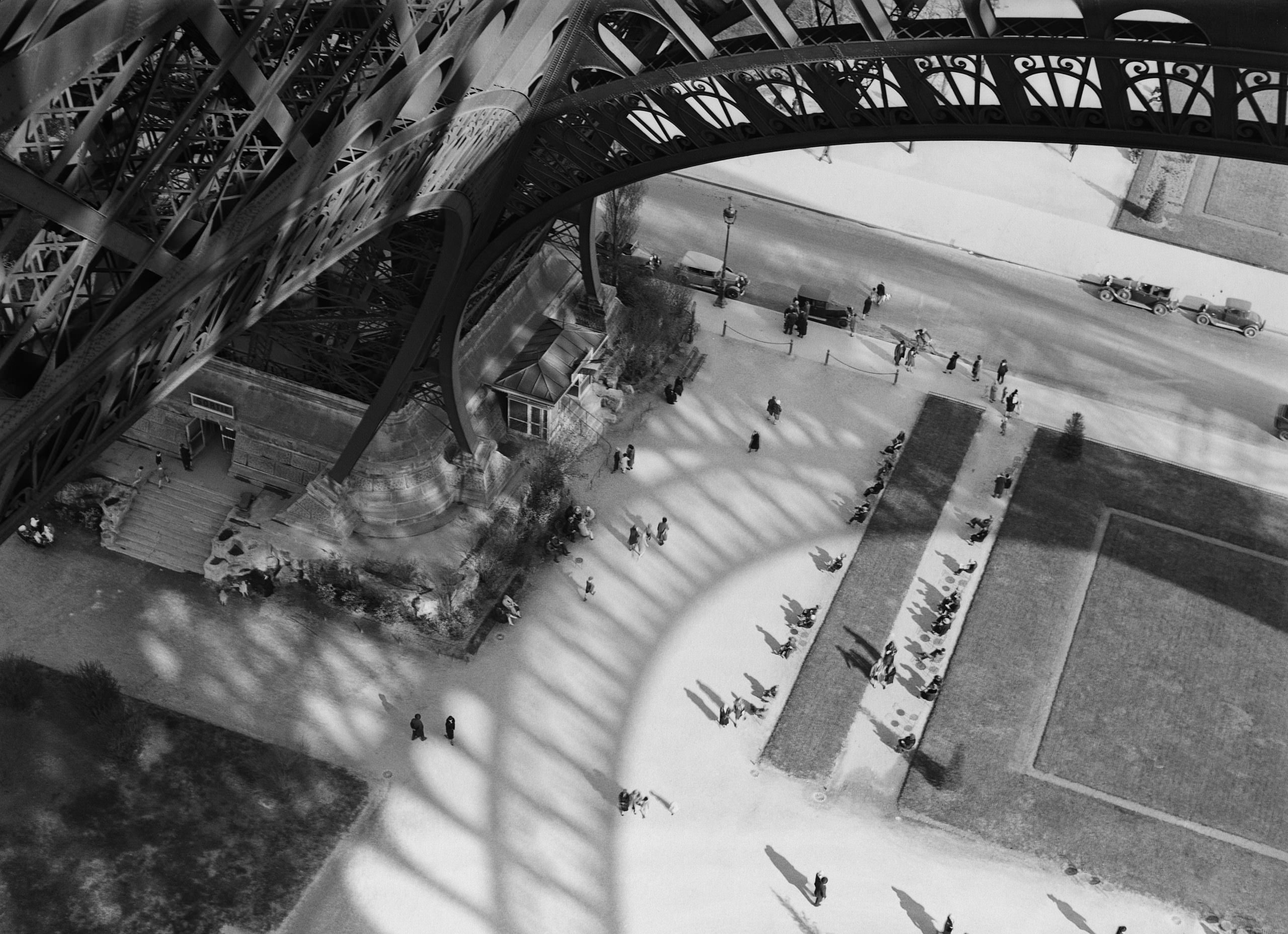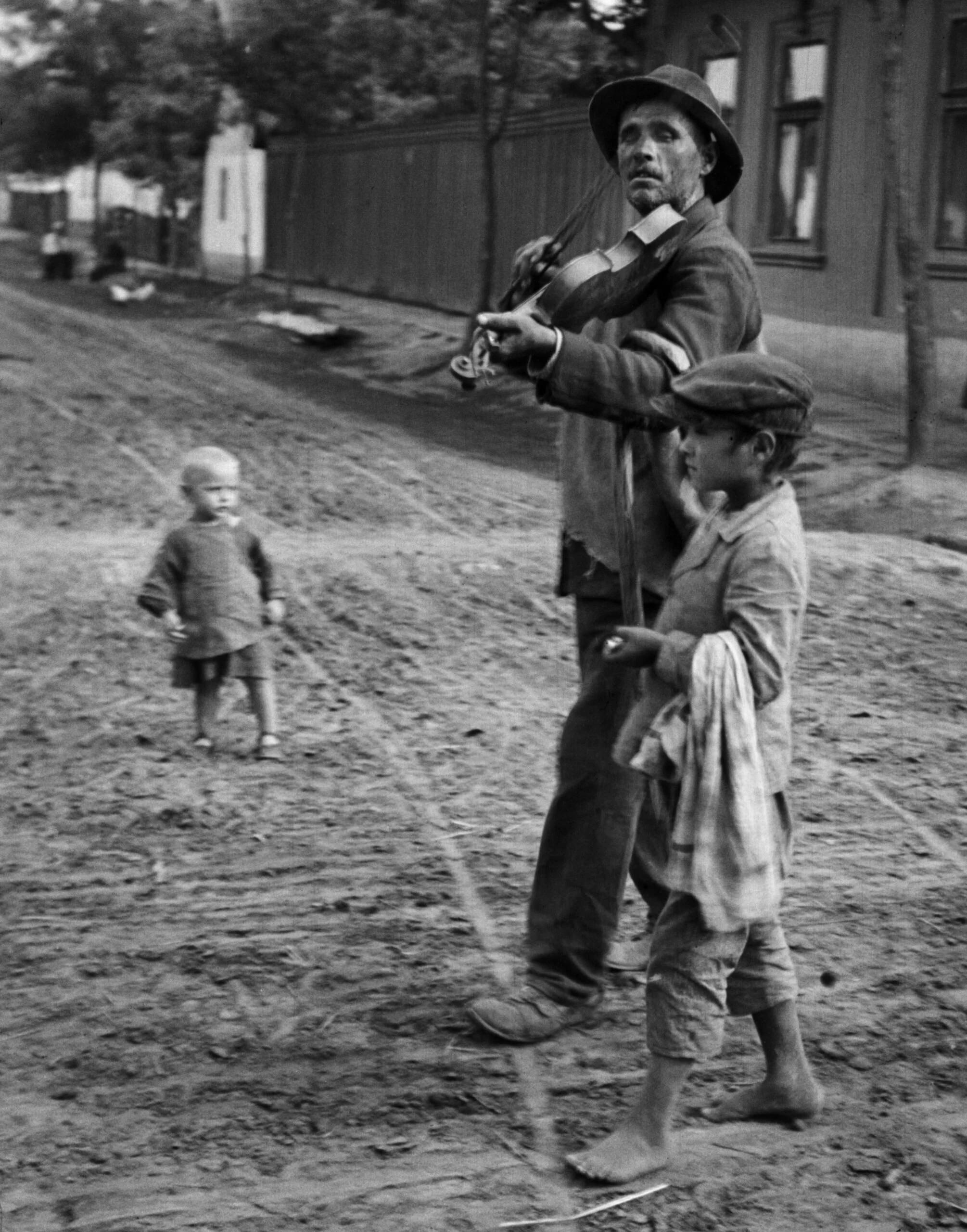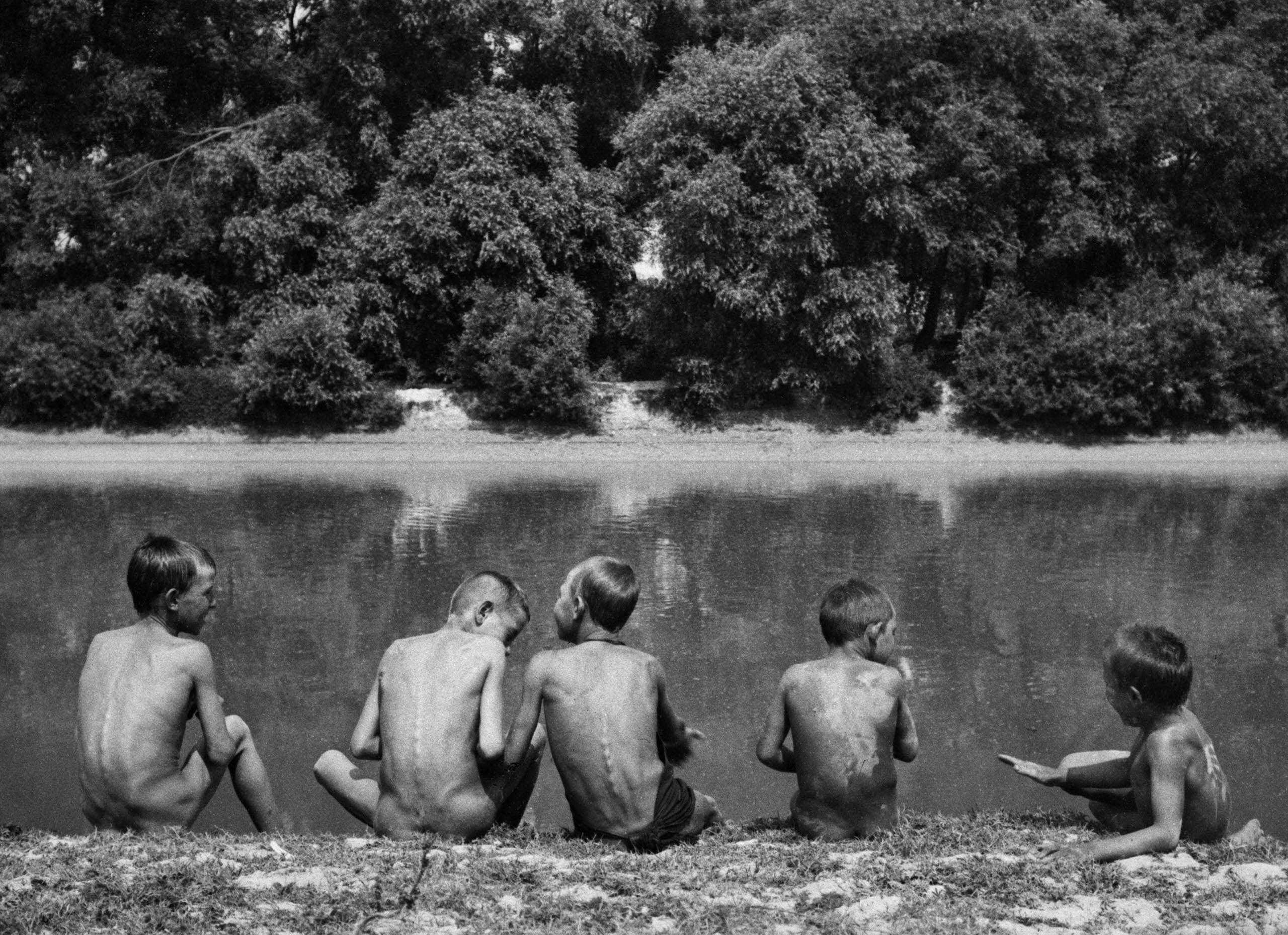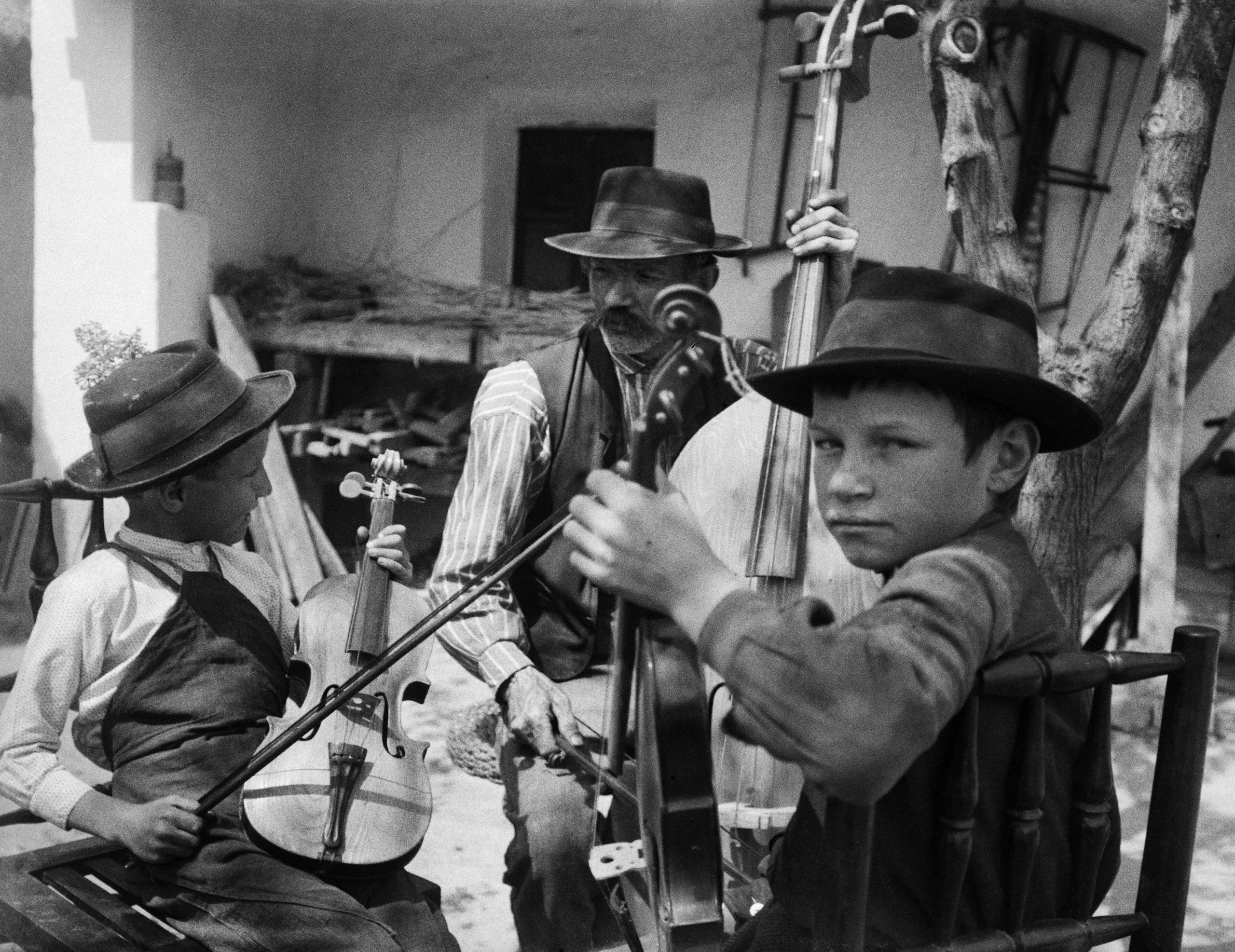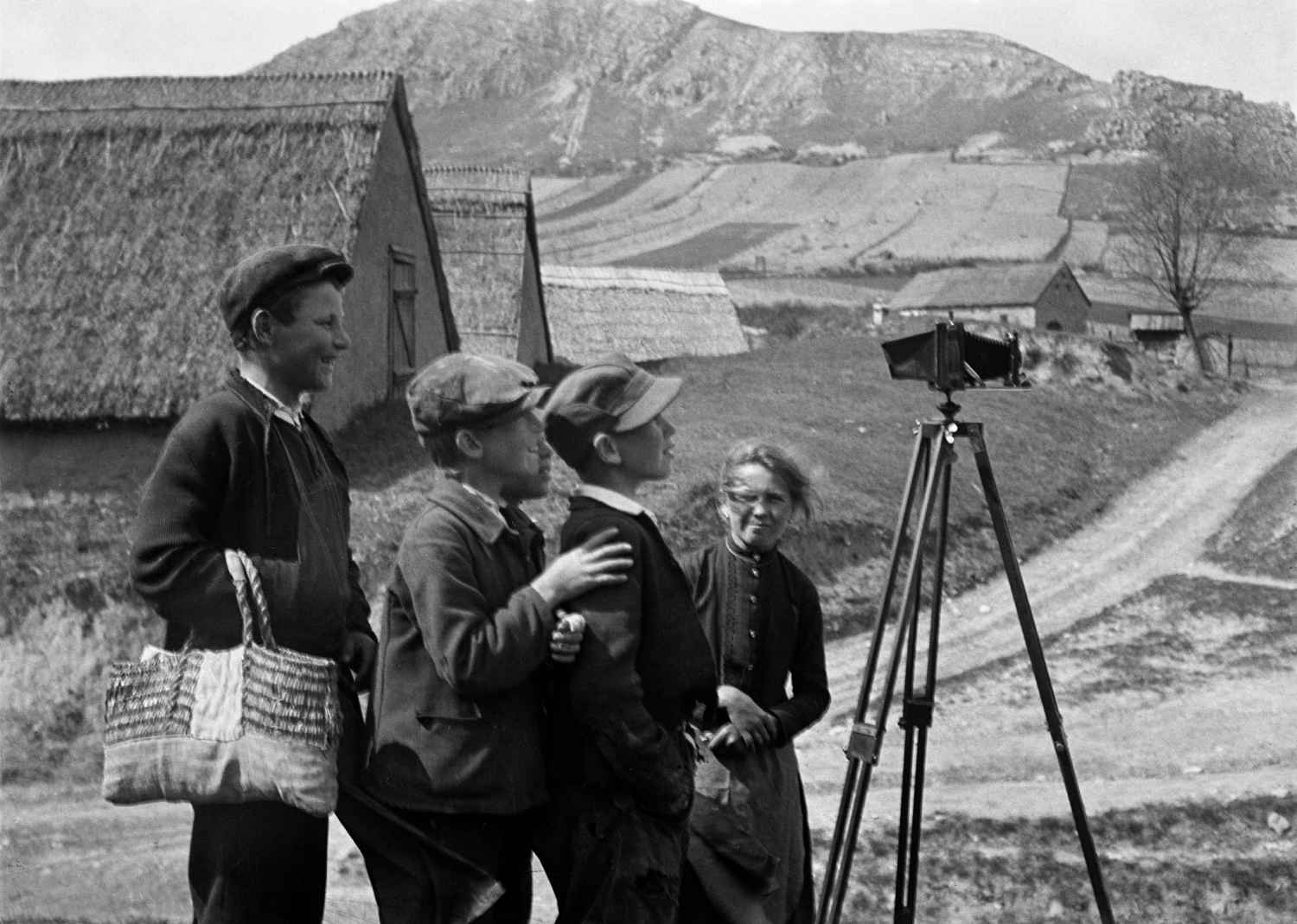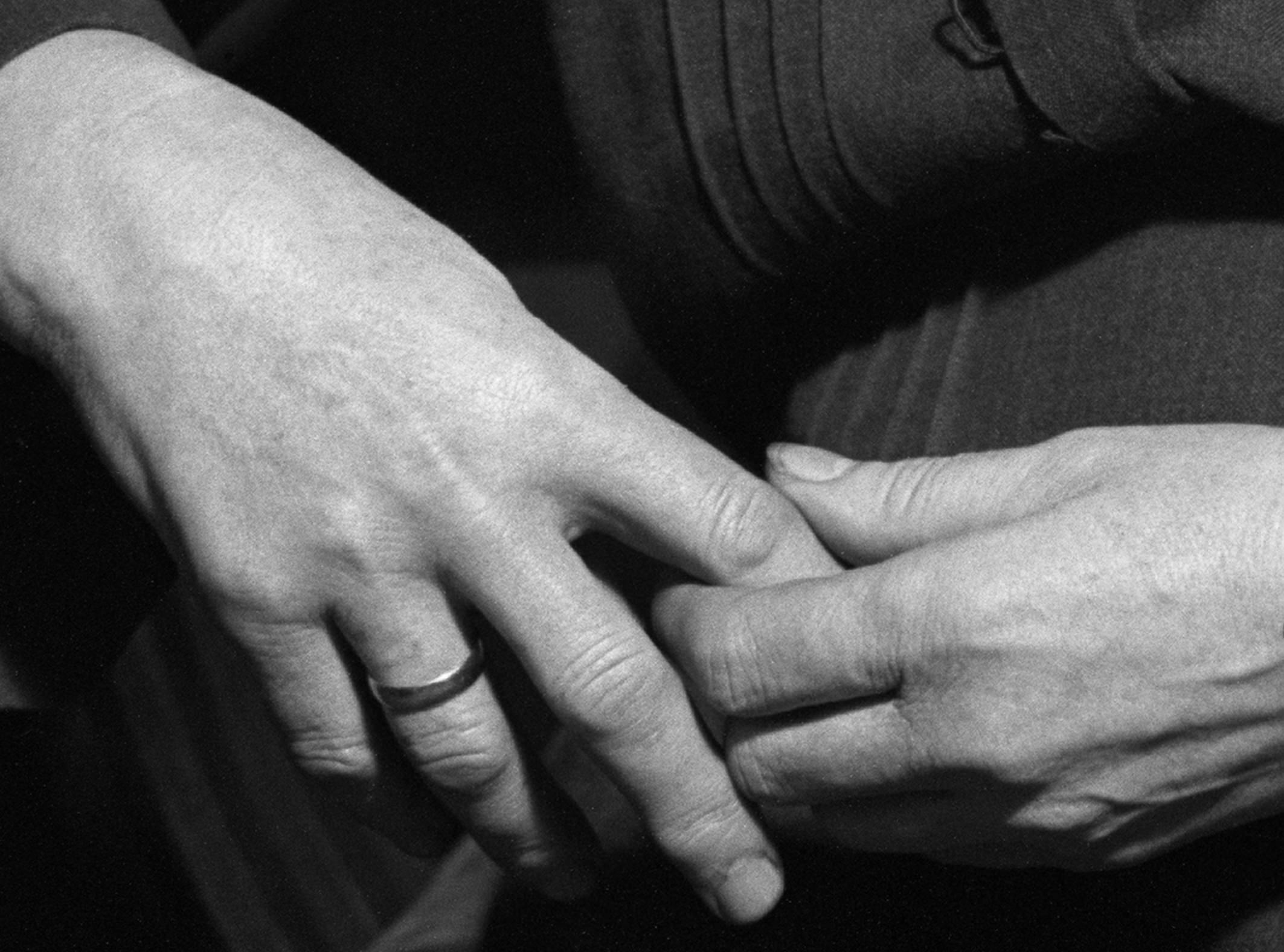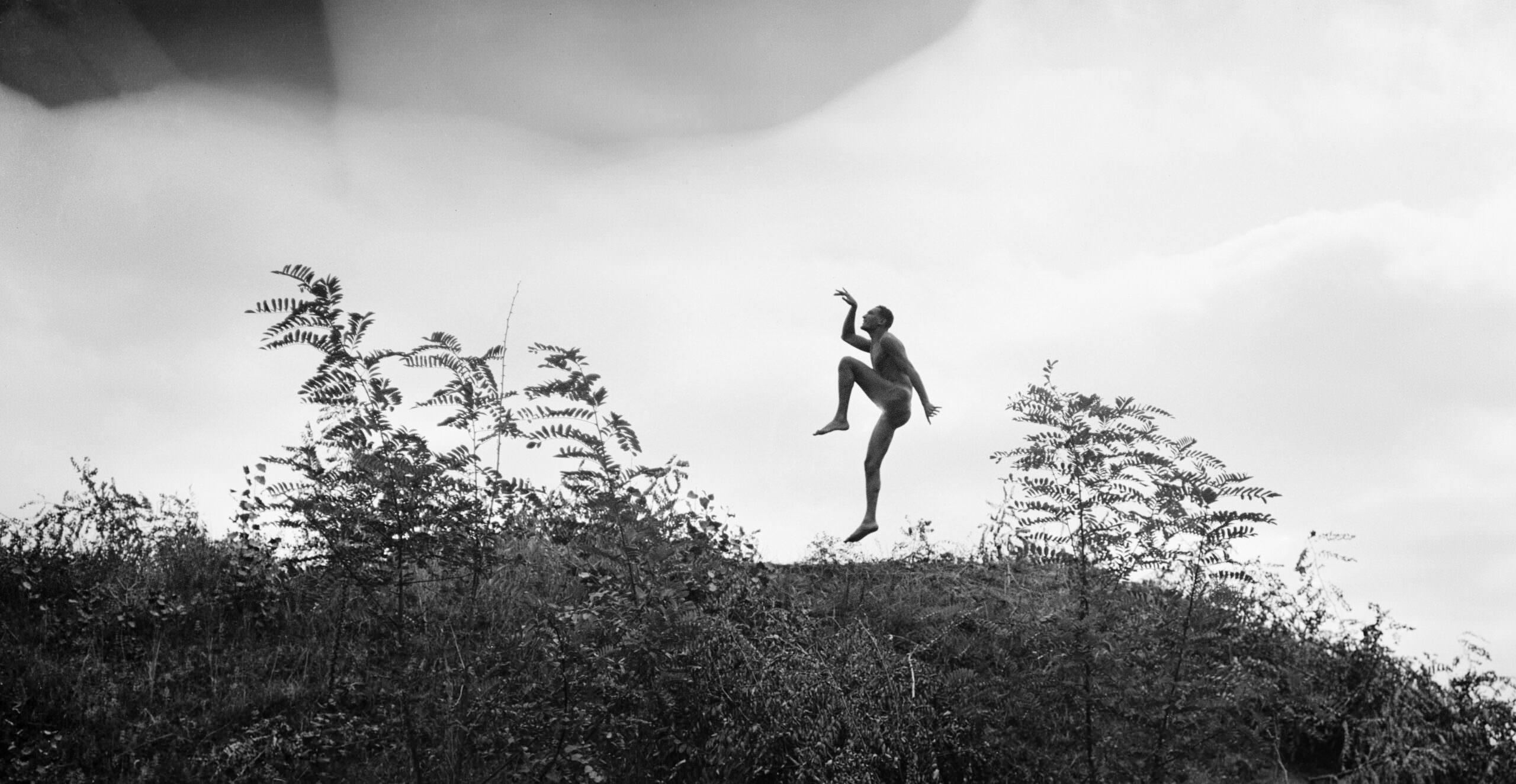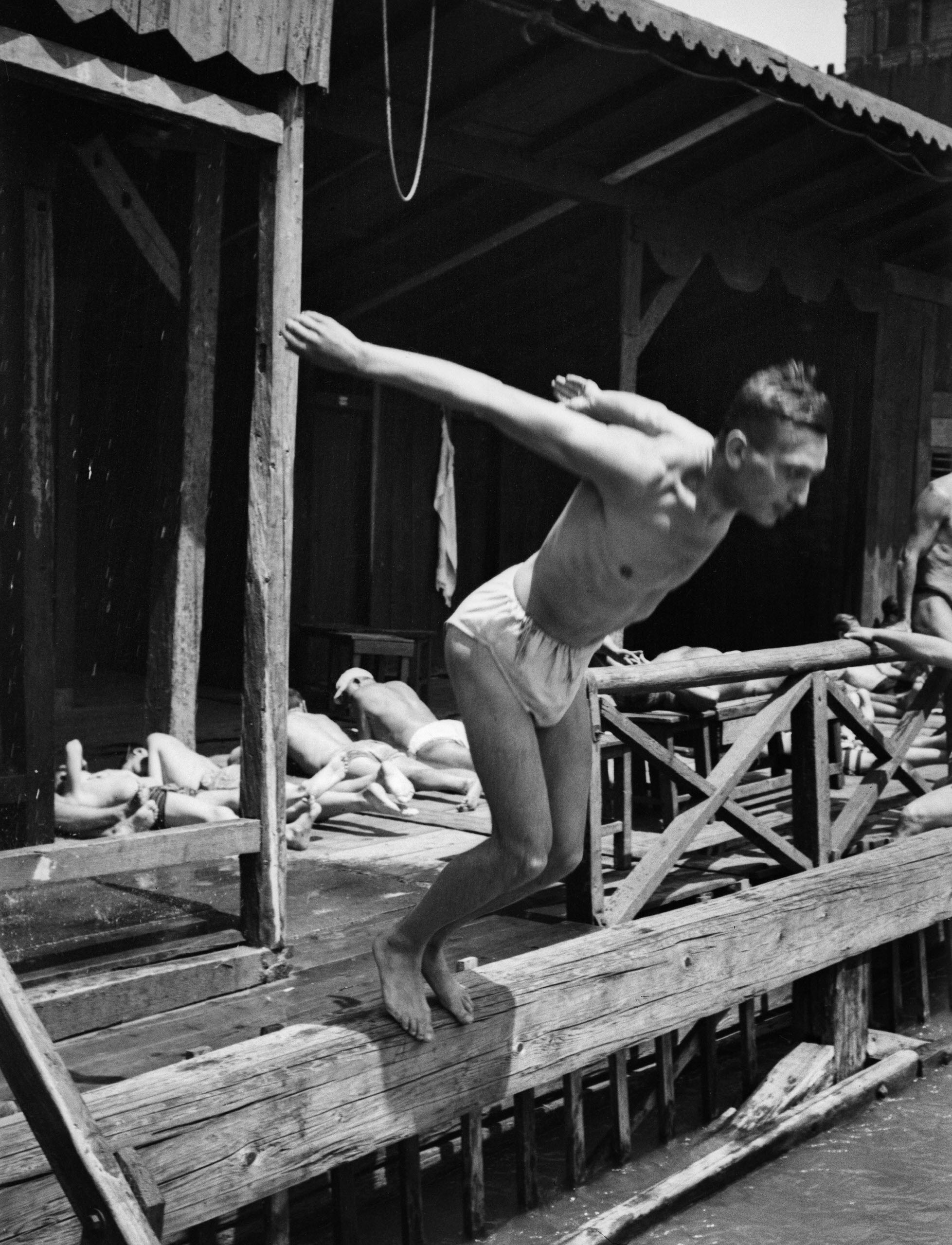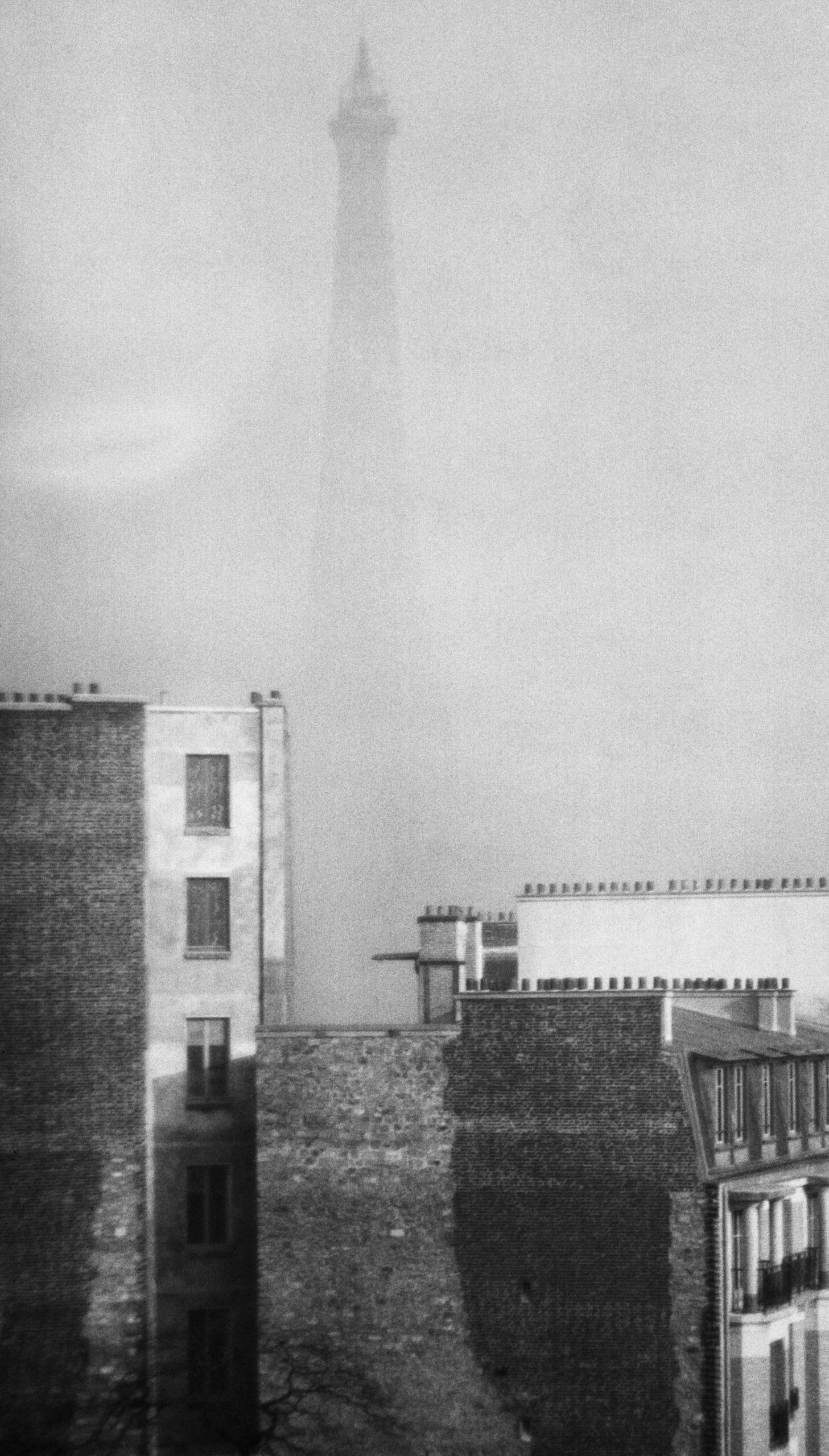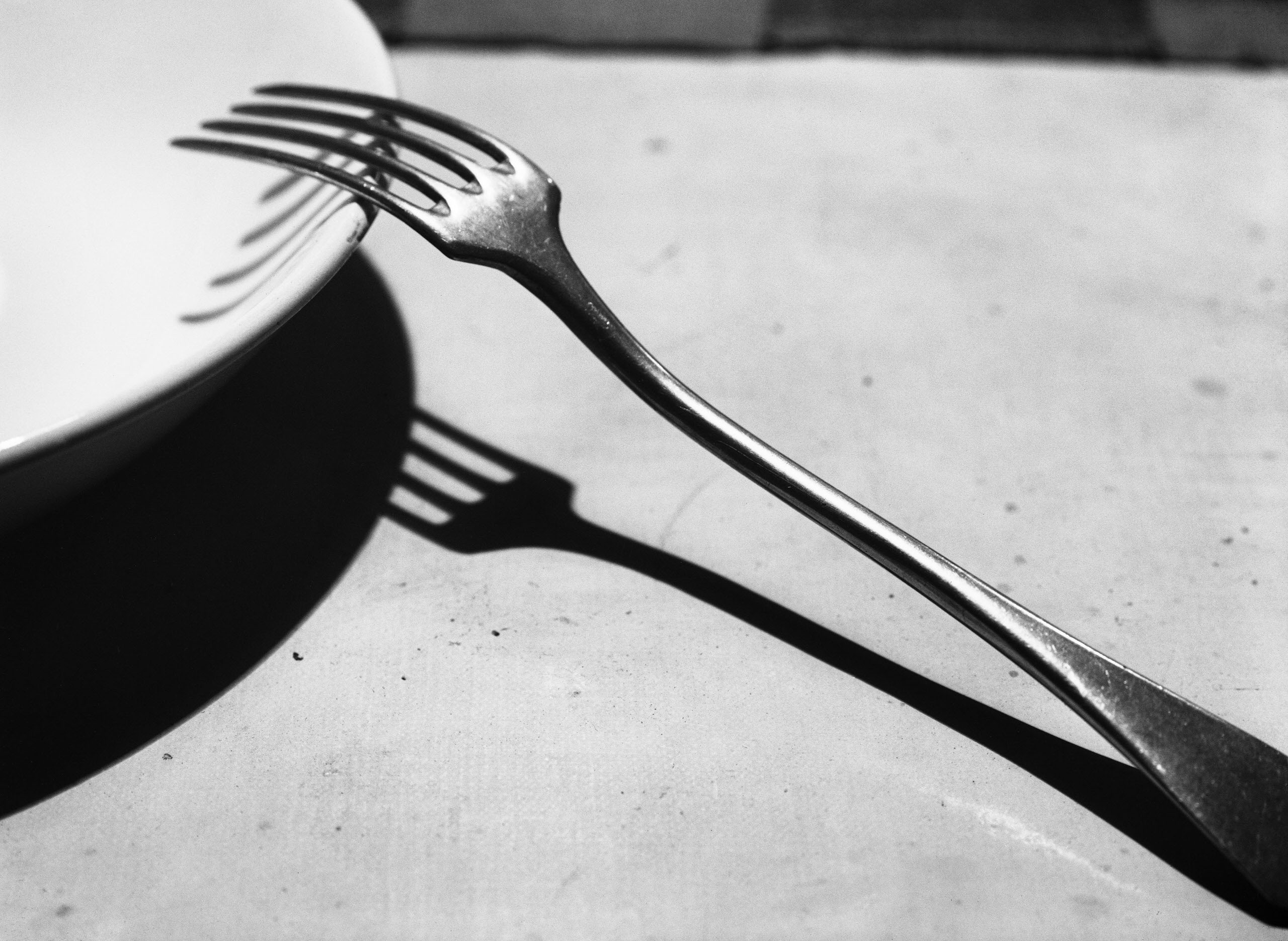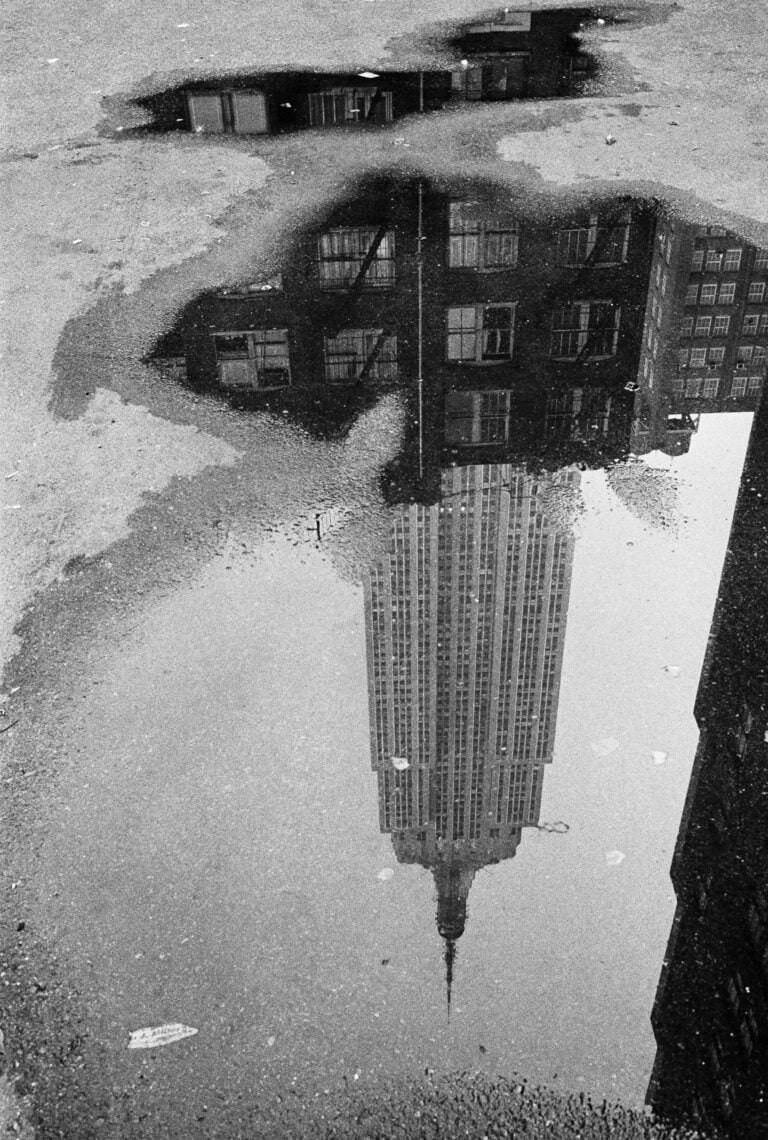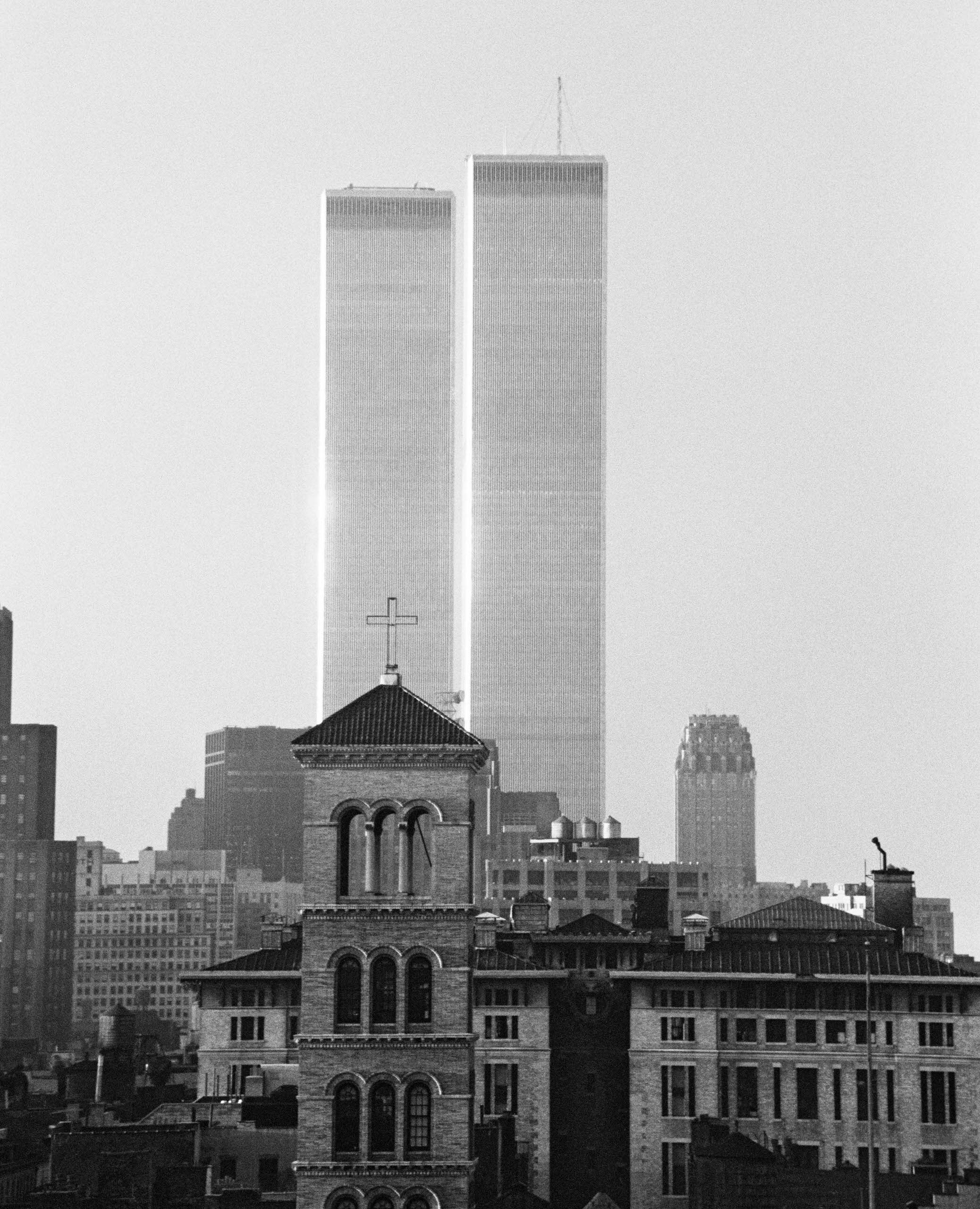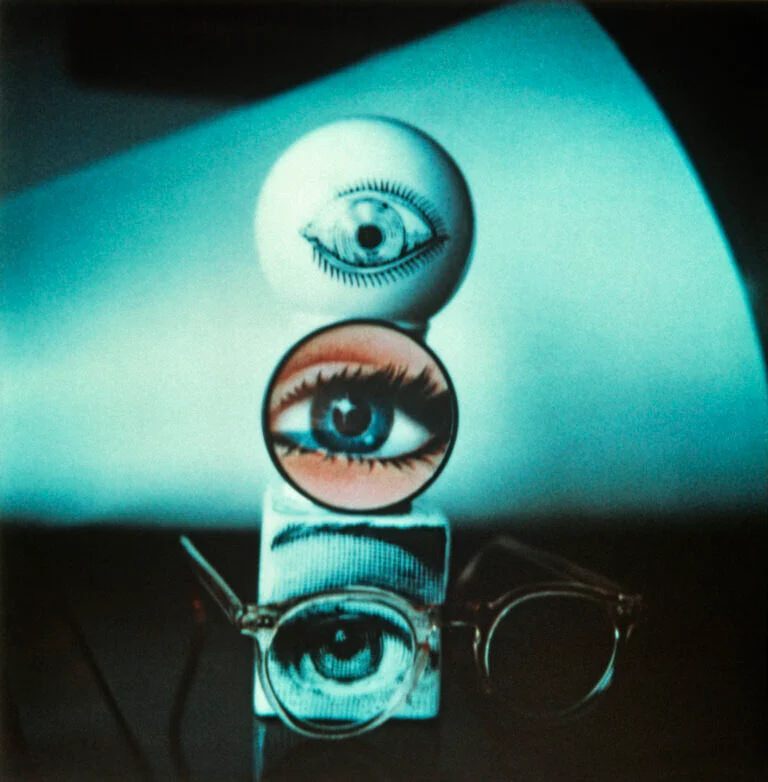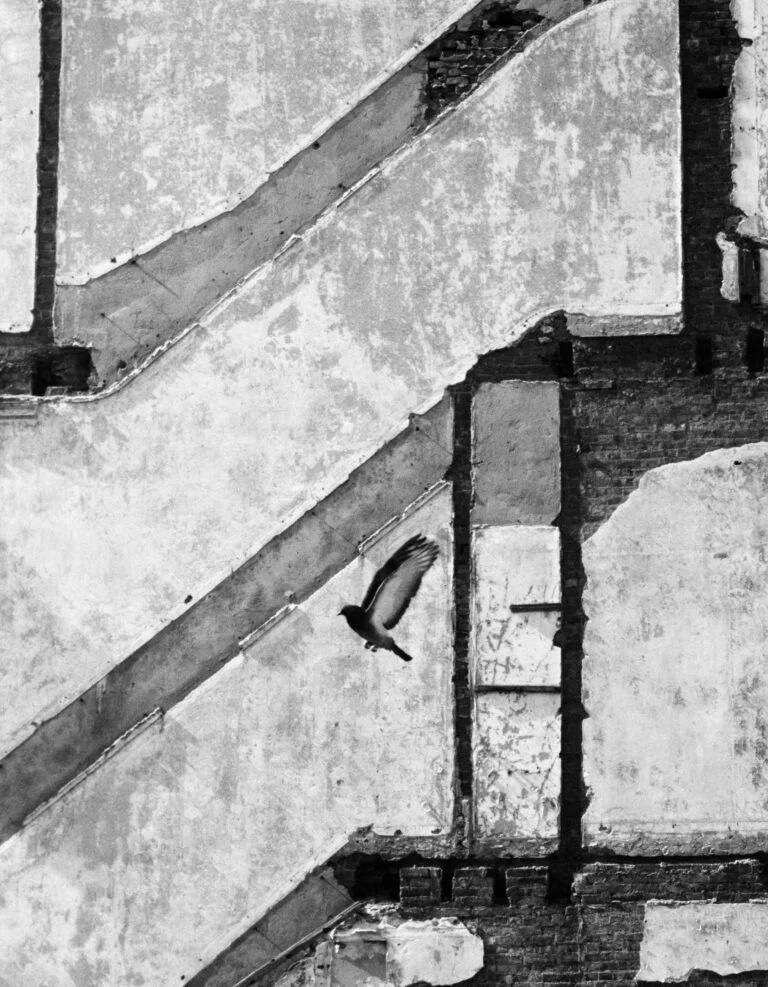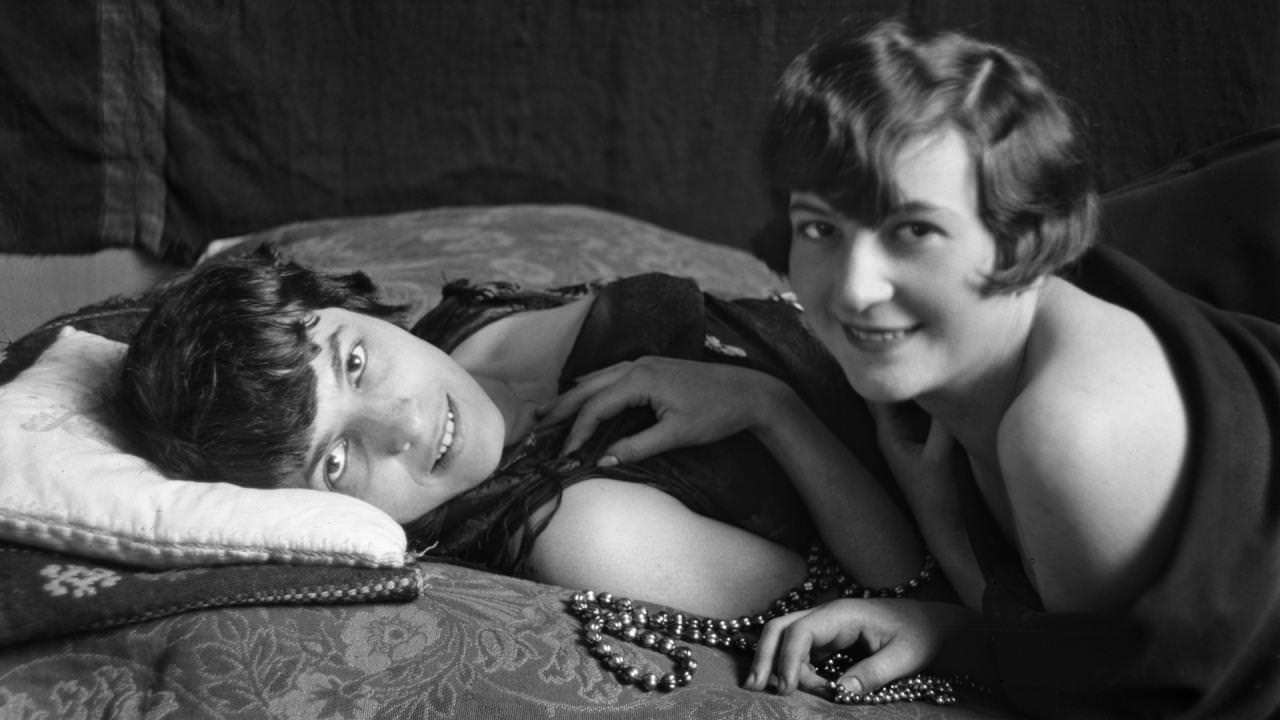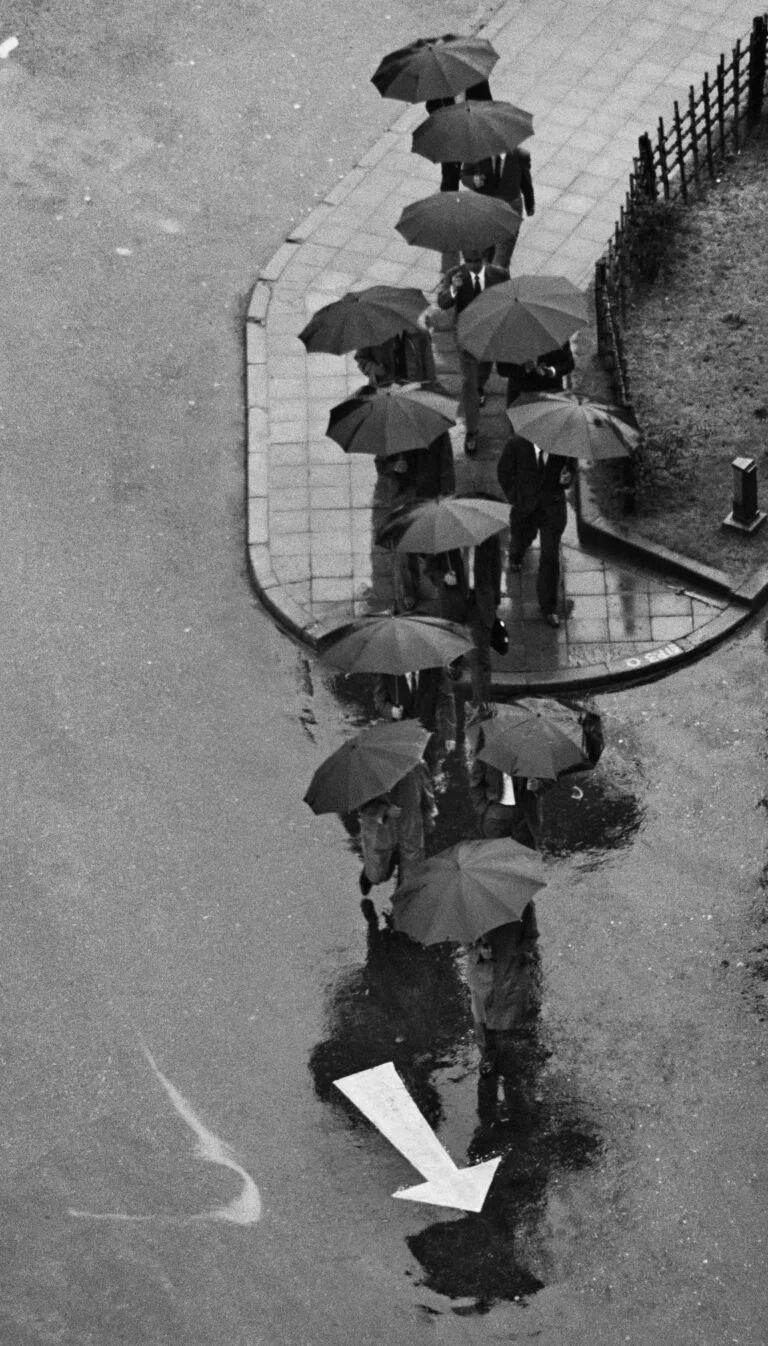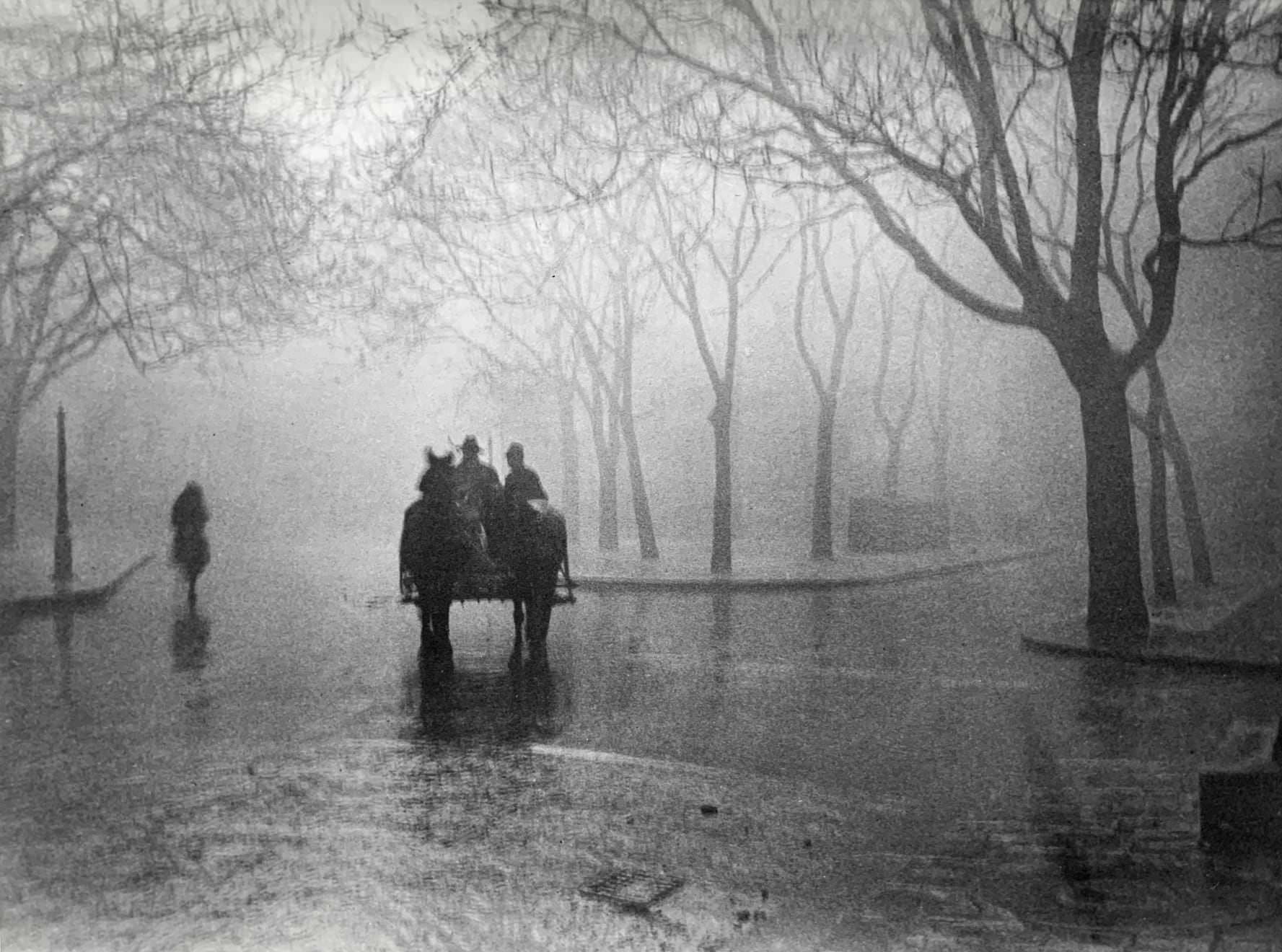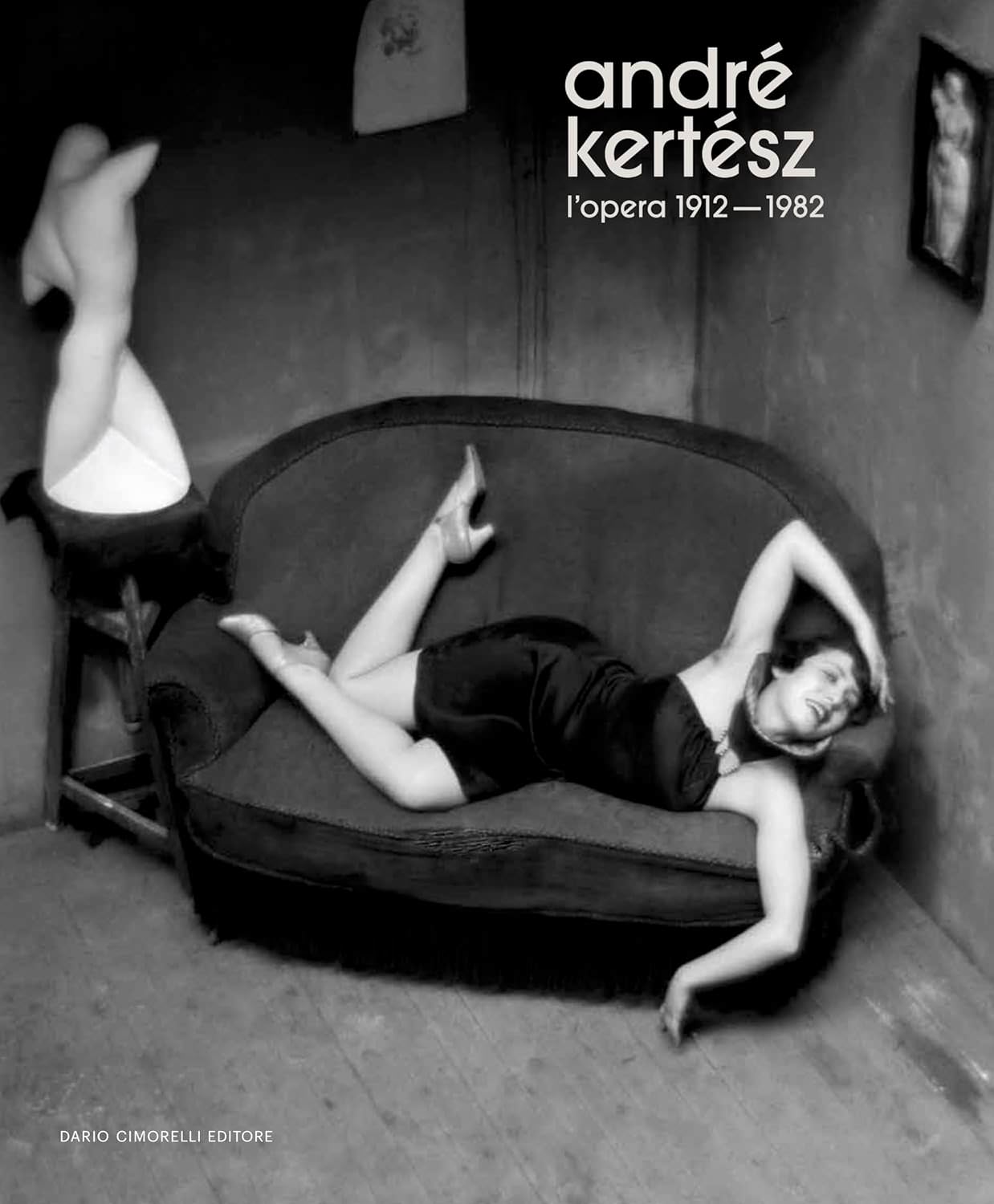André Kertész: The work, 1912-1982
The exhibition is organized in collaboration with the Médiathèque du patrimoine et de la photographie (MPP) in Paris. The MPP houses more than one hundred thousand negatives and all of Kertész‘s archives, which he donated to France in 1984. Over 150 images cover the career of the photographer, who was born in Budapest in 1894, came to France in 1925, and moved to the United States in 1936, where he died in 1985. The exhibition follows the author’s biography, starting from the first amateur photographs taken in Hungary and during the First World War. It was in this period that he honored his vision of him and demonstrated his ability to transform the everyday into pictures that float between dreams and metaphysics, as in “Swimmer” and the first of a long series of self-portraits. It then focuses on his famous shots of Paris, the cultural capital of the 1920s and 1930s; the stunning still life created in the studio of the painter Piet Mondrian; and the portraits of people who made the history of 20th century lifestyle, from the film director Sergei Eisenstein to the muse Kiki de Montparnasse and the sculptor Ossip Zadkine. Kertész searched for “the true nature of things, interiority, life” in day and night street scenes, creating images that contributed decisively to the myth of the French capital in the first half of the century. The first part ends with the “distortions”, games born from the distorting mirrors of fun fairs, which made him a leading figure in the Surrealist scene. The exhibition then presents an original view of the long second part of his life, spent across the ocean in a deeply different cultural context. The images from these years in fact show how Kertész continues his research by retracing the same themes, while highlighting the effect that new architecture, new lifestyles, and new cityscapes have on his photography of him. These stunning images, some of them unpublished, show the New York Harbor, the Big Apple skyline (with the now vanished Twin Towers), or architect Philip Johnson’s house, almost a counterpoint to the shots taken in Mondrian’s house half a century earlier. A path both consistent and diverse, reaffirming Cartier-Bresson’s sentiment: “Everything we have done, or aim to do, Kertész did first.” The exhibition, curated by Matthieu Rivallin – head of the photography department at the MPP and a great Kertész expert – and Walter Guadagnini – artistic director of CAMERA – also celebrates the 60th anniversary of the photographer’s participation in the Venice Biennale. In fact, the exhibition is based on his handwritten list of works exhibited on that occasion. The list, found in the MPP archives, is an additional curiosity that links the great master to our country.
About the Author
Hailing from Budapest in 1894, André Kertész commenced his photographic journey upon obtaining his inaugural camera in 1912 while pursuing studies at the Academy of Commerce. Serving in the Austro-Hungarian army during World War I, Kertész’s burgeoning talent earned recognition when one of his photographs graced the cover of Erdekes Ujsay in 1925. In that transformative year, he opted to relocate to Paris, where he freelanced for esteemed European publications such as Vu, Le Matin, Frankfurter Illustrierte, Die Photographie, La Nazione Firenze, and The Times of London. The acquisition of his first 35-millimeter camera, a Leica, in 1928 marked a pivotal moment that revolutionized his photographic approach, leaving an indelible impact on the field. Roaming the streets of Paris, Kertész captured groundbreaking and innovative images.
In 1936, he set forth to the United States, freelancing for prestigious magazines including Collier’s, Harper’s Bazaar, and House & Garden. Kertész’s exceptional talent secured him a contract with Condé Nast, where he remained until 1962. Post-1962, he independently produced photographs that gained widespread recognition, establishing him as one of America’s most esteemed photographers. His extensive body of work found a platform in numerous publications and exhibitions, including solo exhibits at the Bibliothèque Nationale in Paris and the Museum of Modern Art. A major retrospective titled “Of Paris and New York” unfolded at the Art Institute of Chicago and the Metropolitan Museum of Art. Kertész earned various honors and awards throughout his illustrious career, including a Guggenheim Fellowship and induction into the French Legion of Honor.
Kertész’s profound influence on the realm of photography resonated with a diverse array of artists. Notable figures such as Henri Cartier-Bresson, Robert Capa, and Brassaï regarded him as a mentor during the late 1920s and early 1930s, with his work significantly shaping their artistic development. Additionally, Kertész’s personal projects in the 1960s and 1970s served as inspiration for countless contemporary photographers. By seamlessly blending a photojournalistic fascination with movement and gesture with a formalist commitment to abstract shapes, Kertész’s work holds historical significance in various facets of postwar photography.
André Kertész: The work, 1912-1982
October 19th 2023 – February 4th 2024
Camera Turin – Italy

